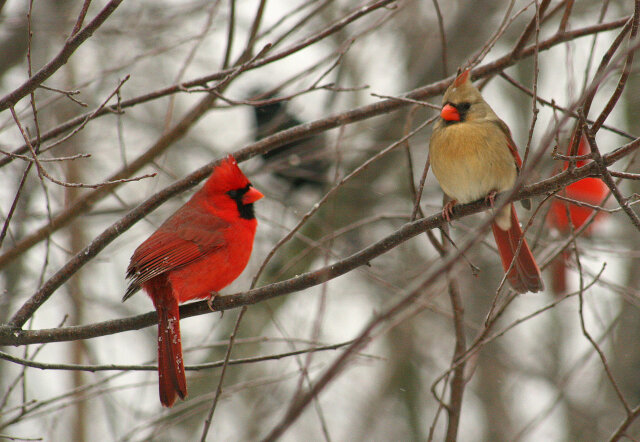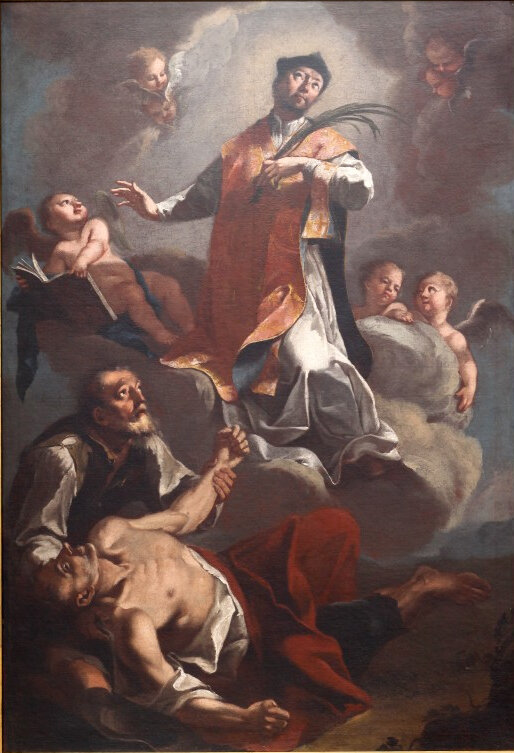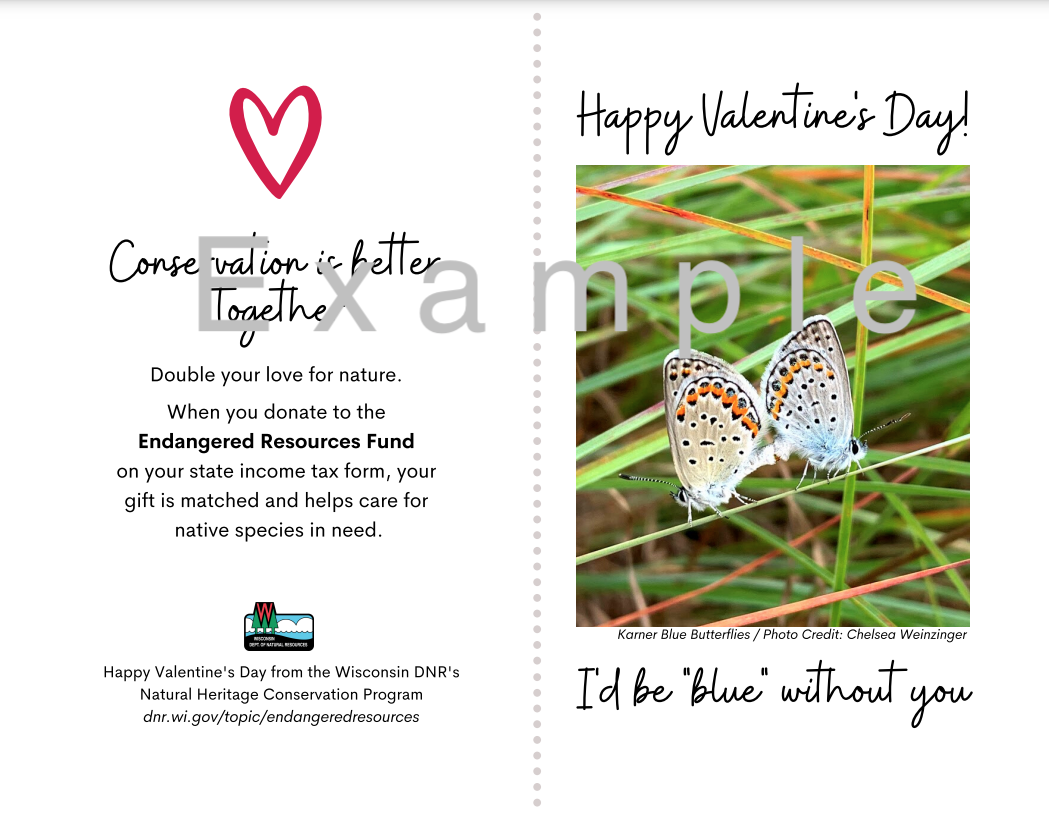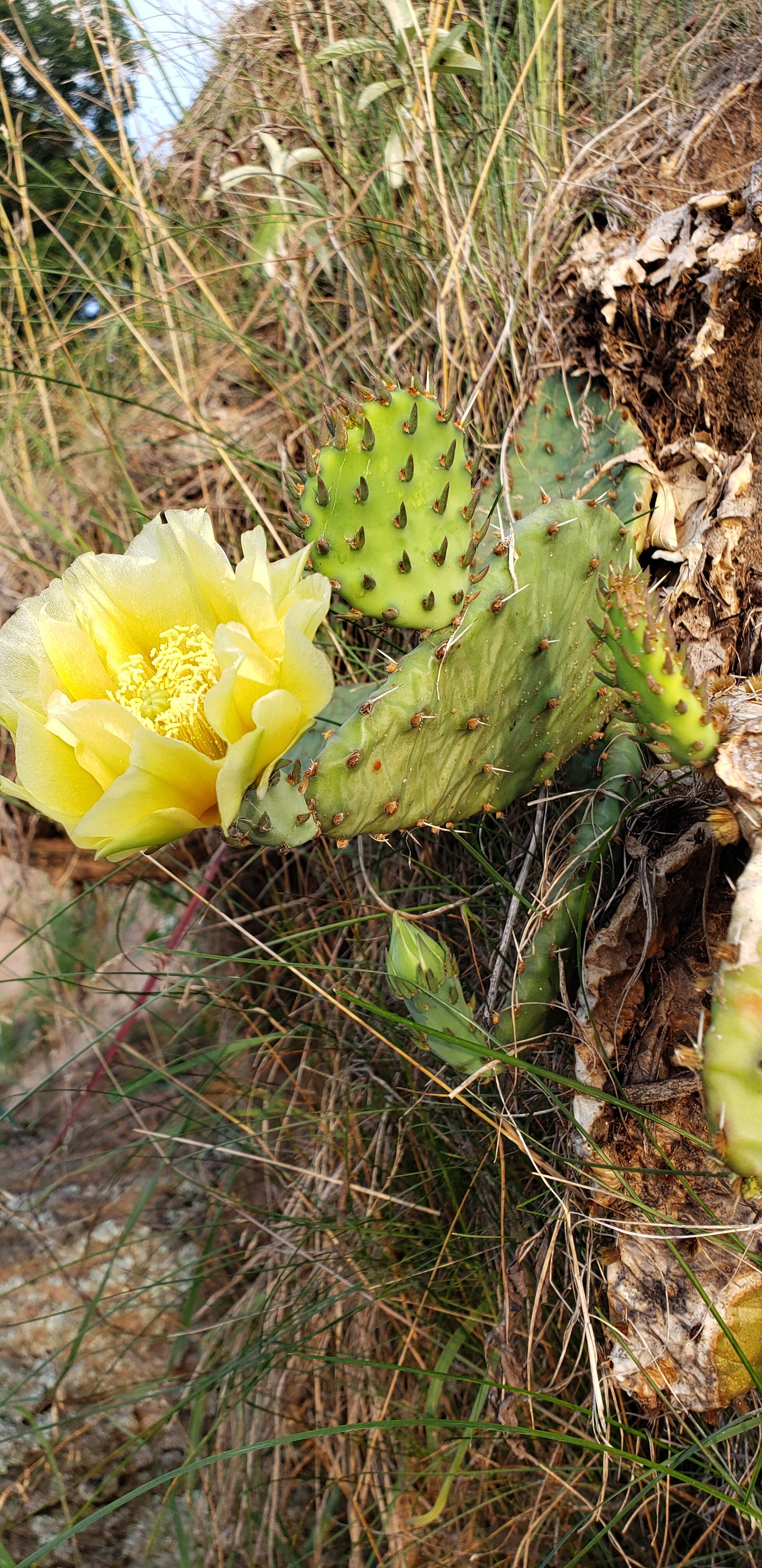February’s lovebirds, Northern Cardinals. Photo by Indiana Ivy Nature Photographer
The origin of Valentine's Day is a delightful mess. Probably it starts with the Lupercalia, a Roman pagan feast of late winter or early spring. You can probably guess of what—indeed, fertility. In some accounts, young Roman men would chase and try to hit young Roman women with strips of bloody goat hides, the goats having been sacrificed at the start of the festivities. Allegedly the women didn't mind because the strike of a goat hide would ensure their fertility.
St. Valentine, courtesy of Wikipedia
Clearly, a festival the early Christians were going to change when they came to power. They had a couple of saints, both named Valentine, who had been martyred in early spring and whose life history had a nice connection to love and marriage. In one account a Valentine earned the Emperor's wrath by marrying young soldiers to their beloveds when the Emperor wanted a celibate army. In another, the Valentine's last act before being martyred was to send a love letter to his fiancee signing it, Your Valentine.
So the saint's day replaced the Roman feast to the relief of goats everywhere. It took the bird-loving British to set Valentine's Day on its modern course. In Chaucer's Parliament of Fowles he refers to Valentine's Day and links it to the start of many birds' breeding season. Kind of a Middle Ages version of birds do it, bees do it, why don't we do it—fall in love that is.
And hundreds of years later here we are. In our backyards we indeed hear some birds with their mating calls and we have the chance to renew or perhaps find love. Hey, it beats frostbite.
And since Madison Audubon strives to offer a full range of services to its members, here are some suggestions for celebrating Valentine's Day.
For restaurants suffering through the 6 weeks of winter doldrums after New Year's, Valentine's Day is an important money-maker. This year our friends in the restaurant business have suffered a catastrophic year of COVID doldrums. Please consider take out or delivery from your favorite or a local restaurant. They need the help.
Back to the birds, bees, etc.—send your beloved a lovely card and help out our endangered species. The Wisconsin DNR's Endangered Resources Fund offers four sweet, funny Valentine's Day cards, featuring some endangered plants and animals. You can print one out for your special Valentine and send a donation to the Endangered Resources Fund. All the cards are great but the first features a lovely and we hope loving pair of Karner Blue Butterflies. That occasions a shout out and thank you to John Shillinglaw, the Madison Audubon Board Member, who has restored a wonderful population of Karner Blues on his property in central Wisconsin.
Photo by Brad, Garrett, and Sam Sims
Finally, let's make this blog a card of sorts. What is Valentine's Day without a beautiful flower and a hopeful story?
Check out this extraordinary photo of an extraordinary flower in a most unexpected place. The flower is on a Wisconsin prickly pear. But it's not growing in a sand barren. Bradd Sims, one of the DNR's great fish biologists, and his sons Garrett and Sam were fishing the Wisconsin River this summer and found the prickly pear growing in the snag of a partially submerged oak tree. Thanks to the Sims for a great photo and a reminder of how beauty (and love) can still surprise us.
Happy Valentine's Day,
Topf Wells, Madison Audubon board member and advocacy committee chair







